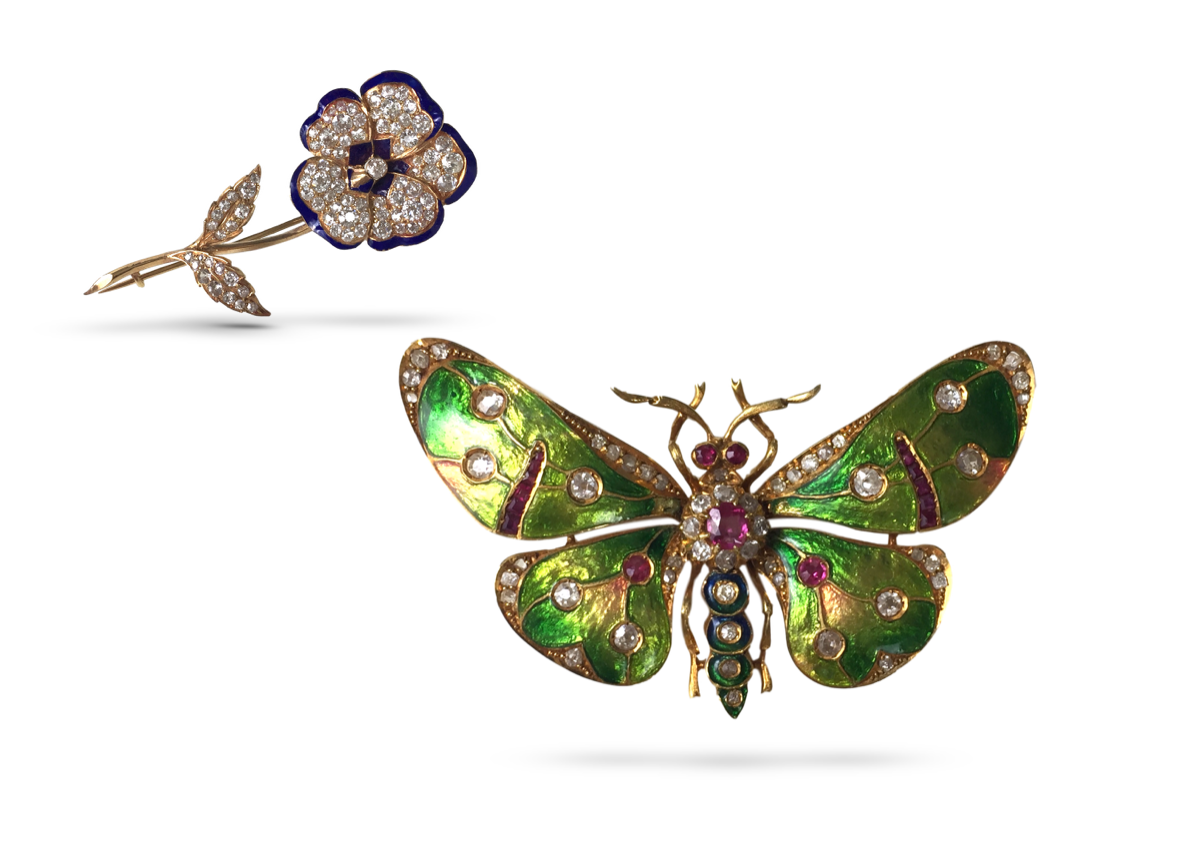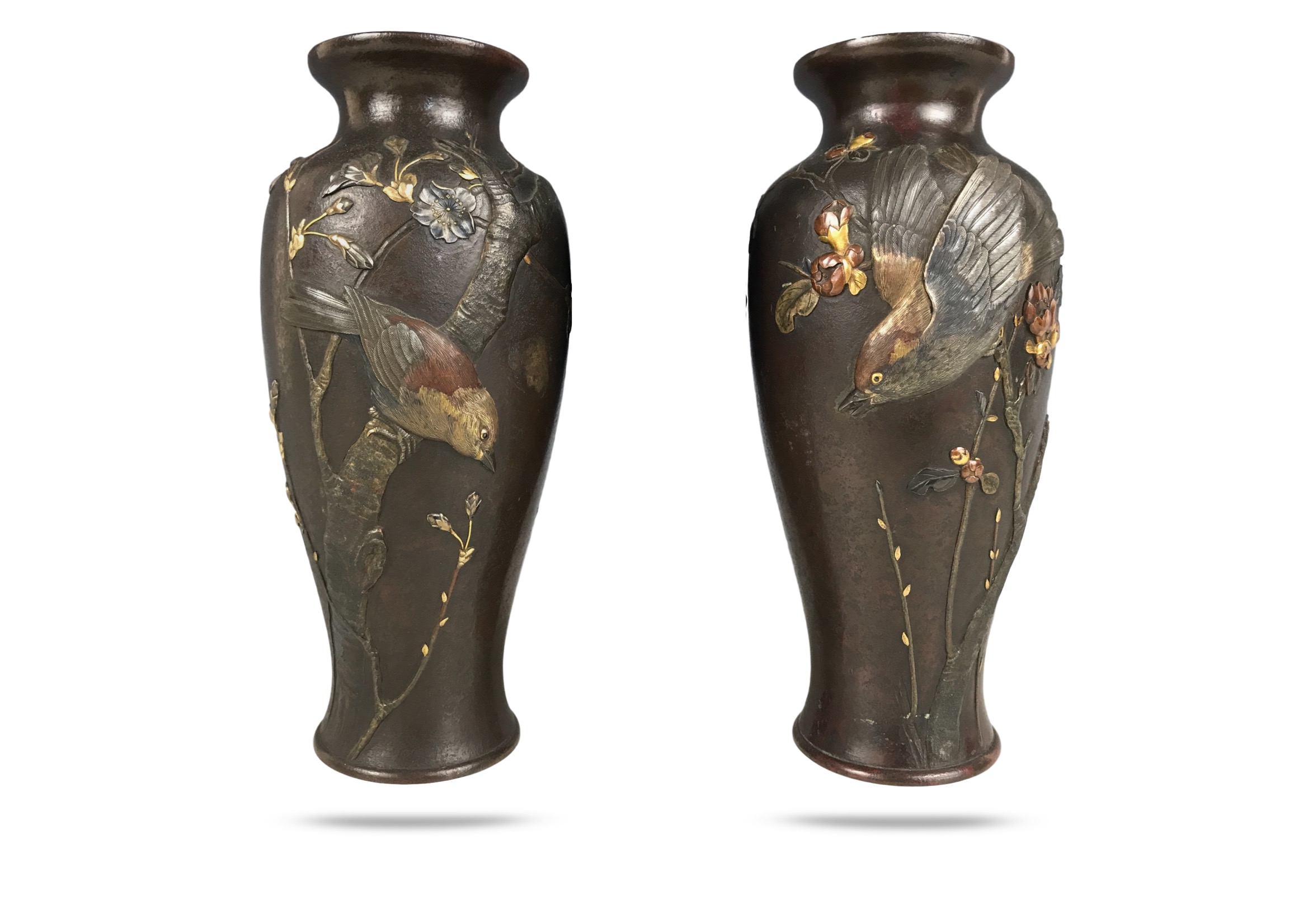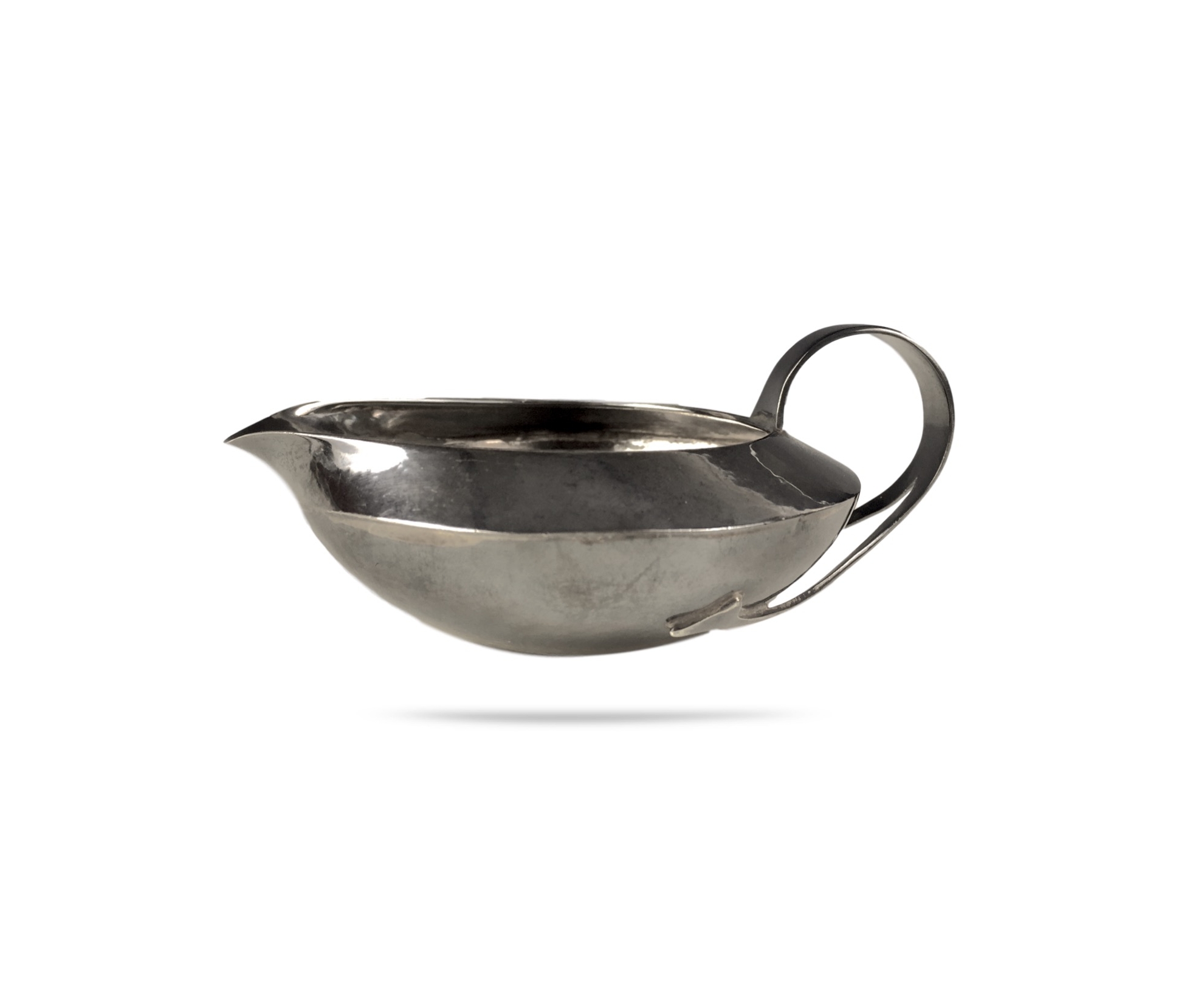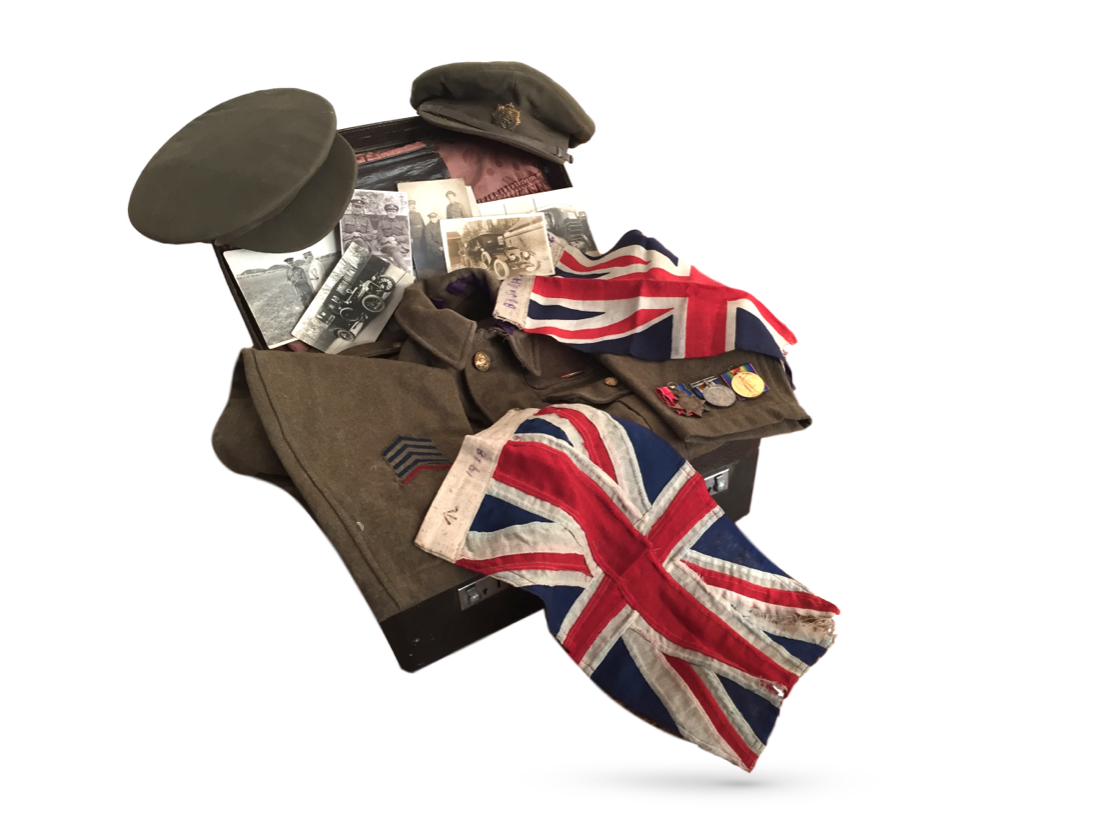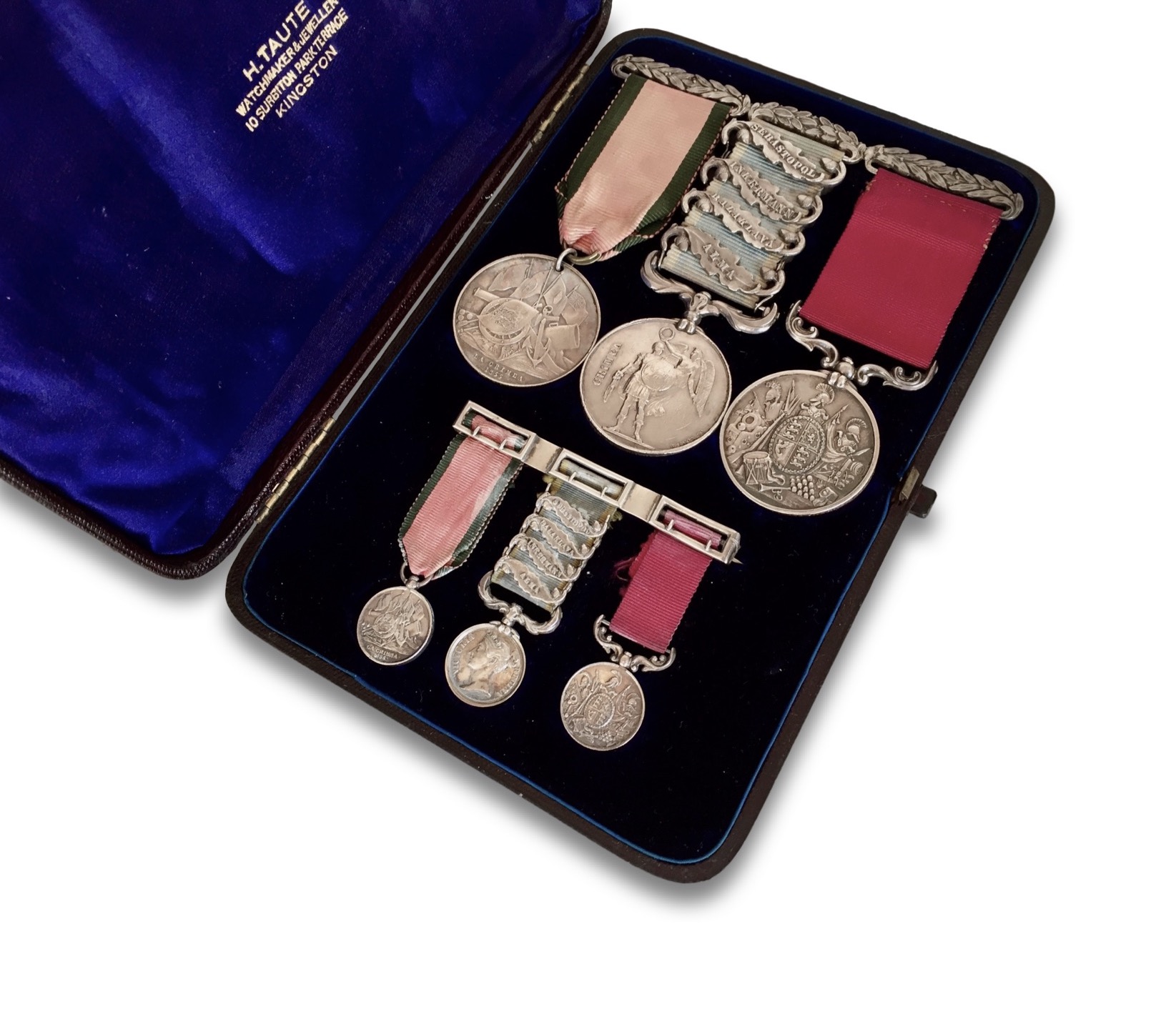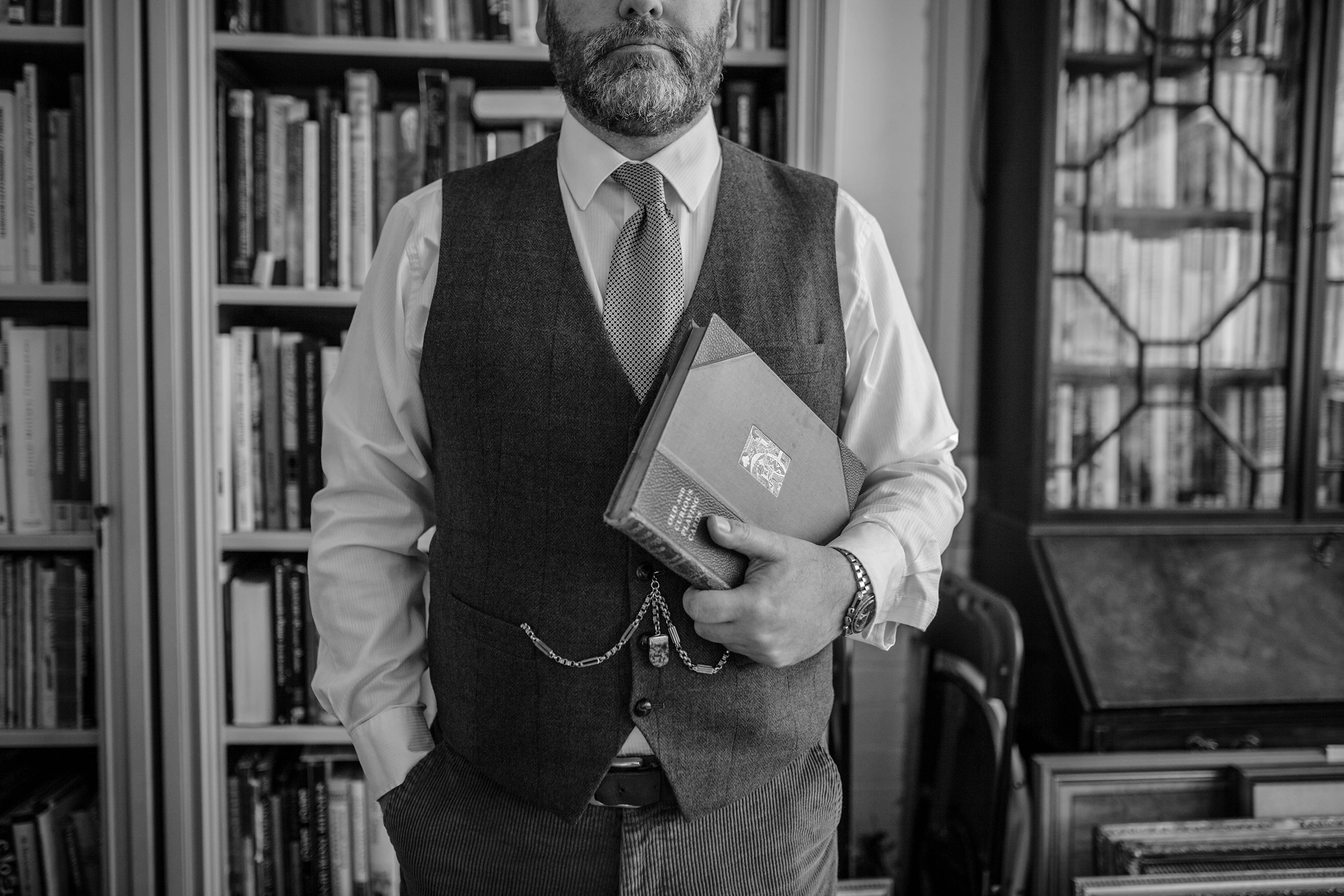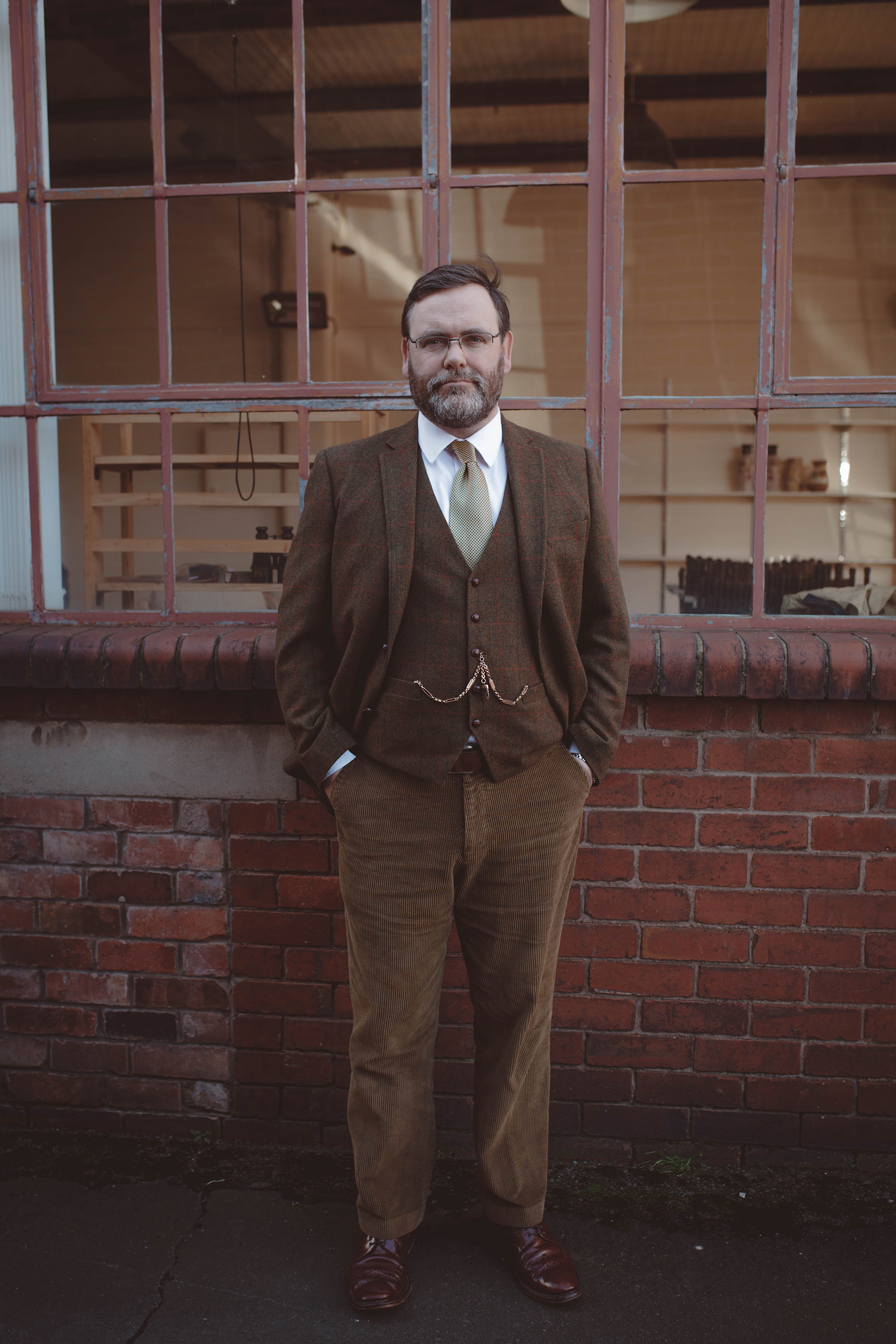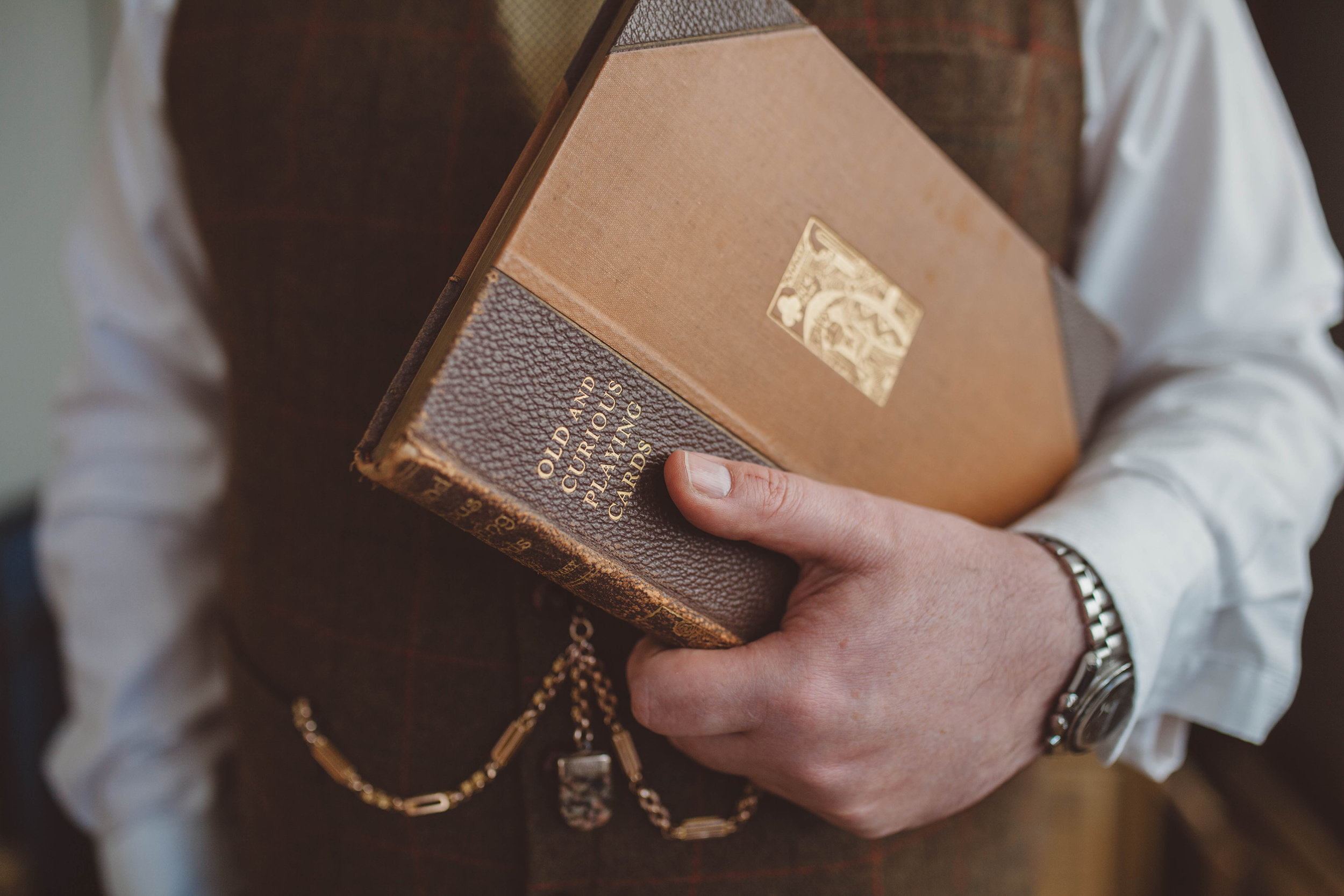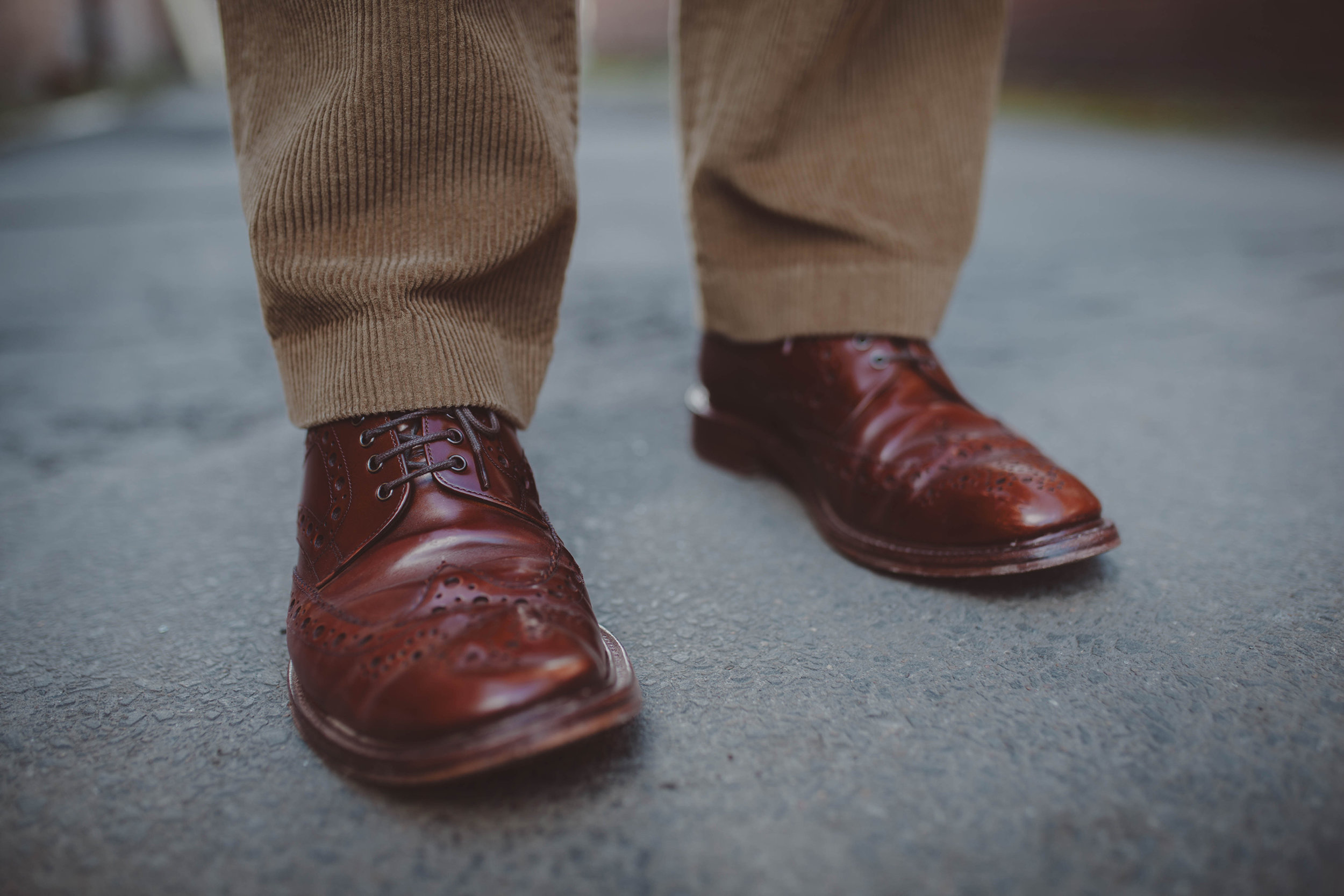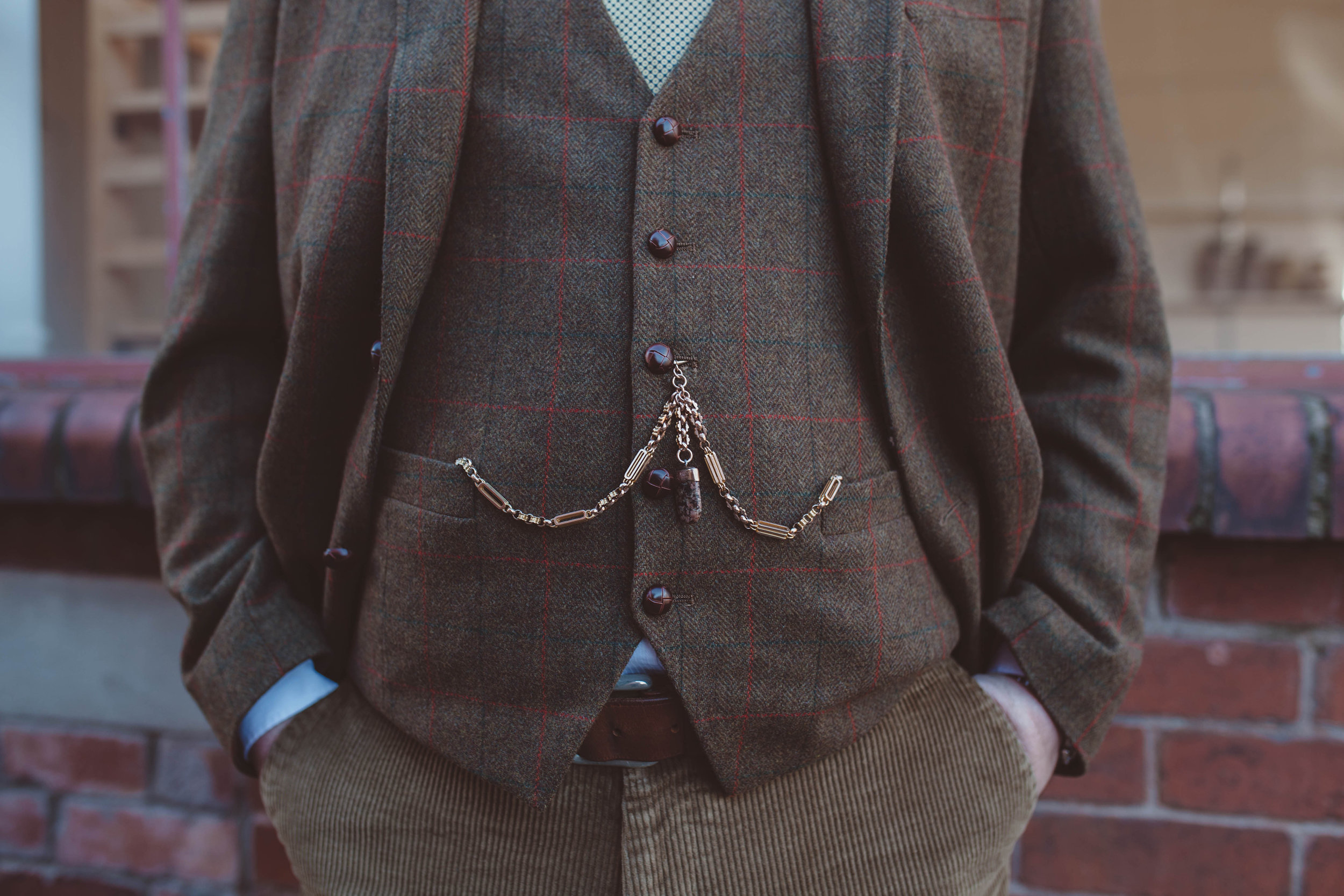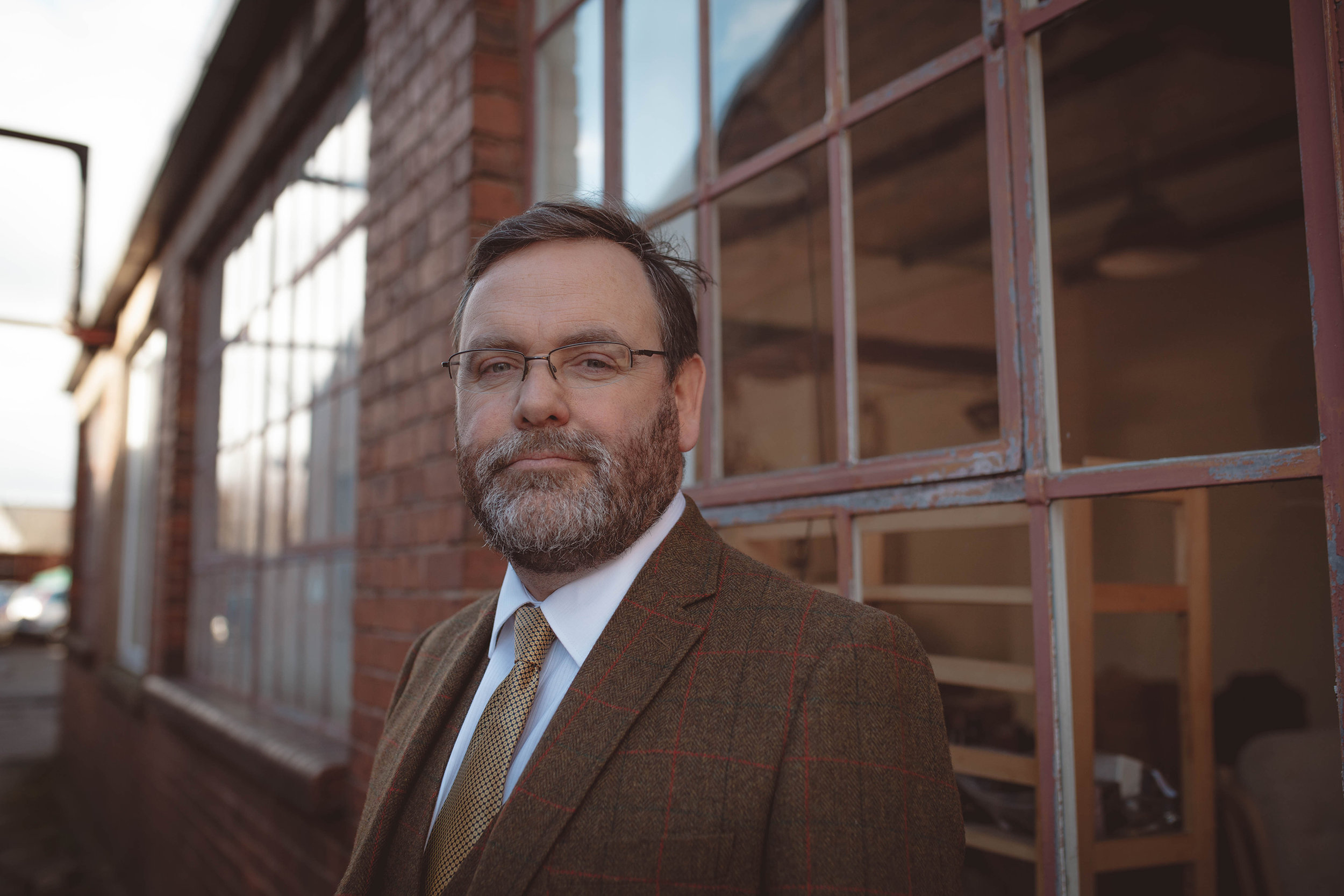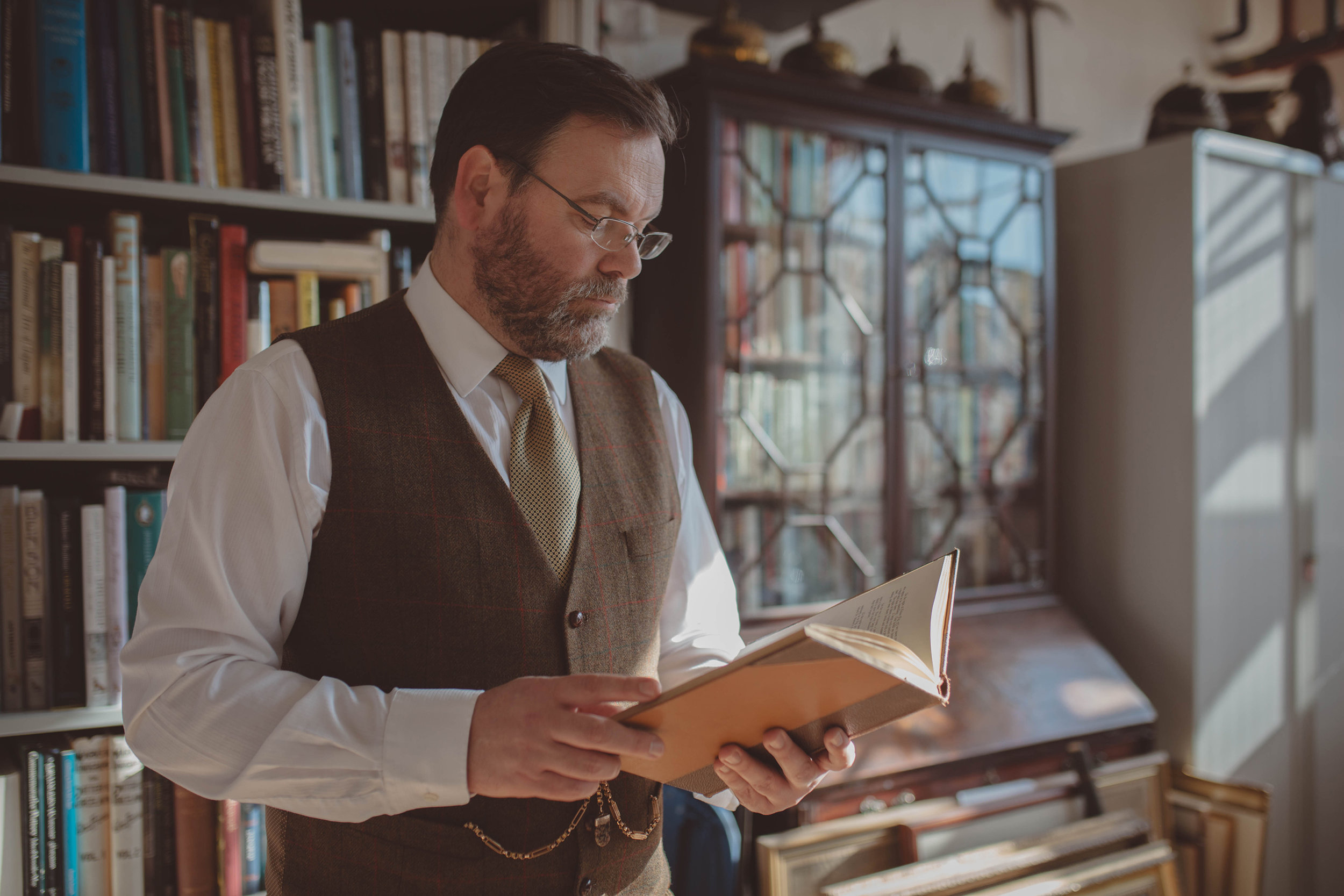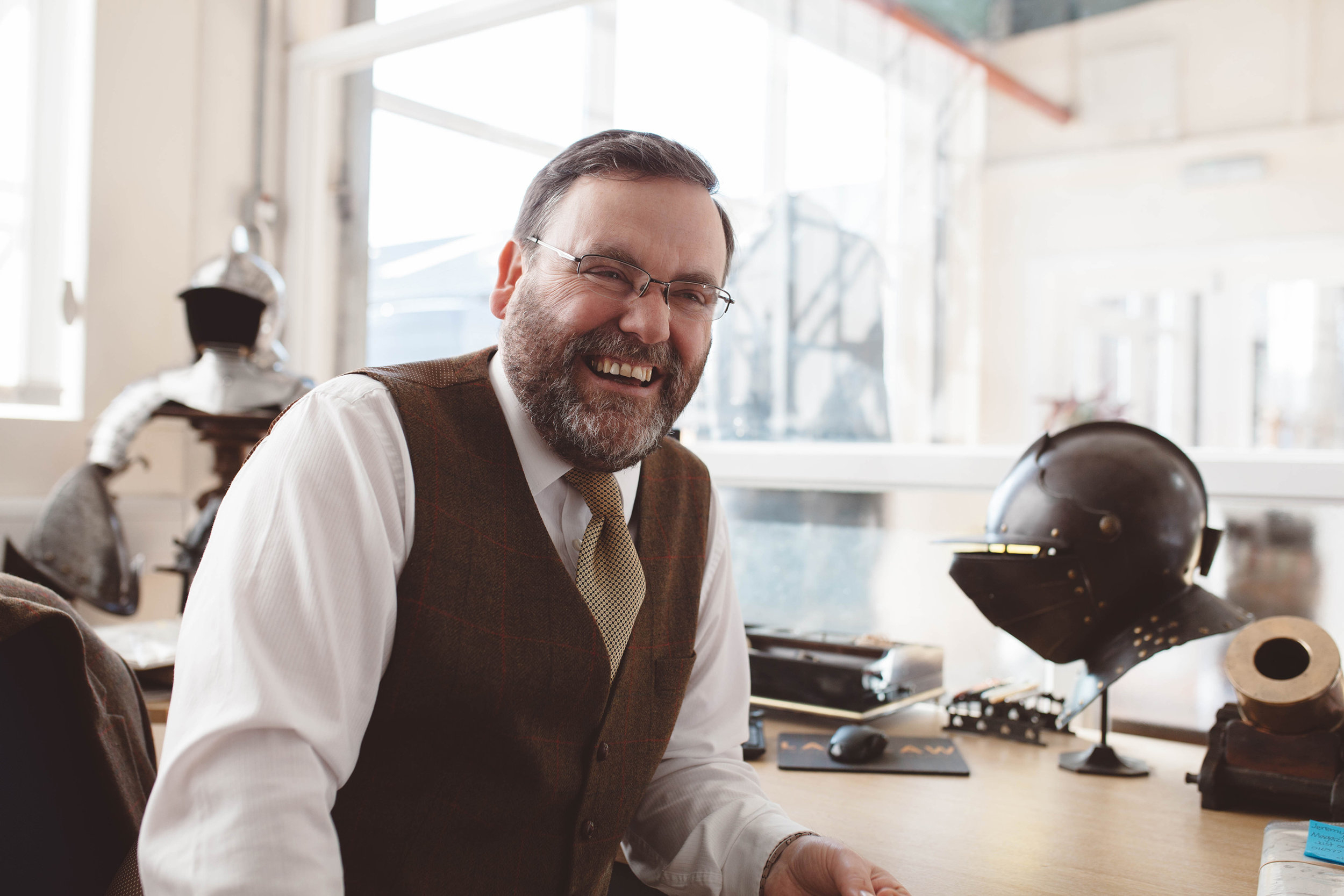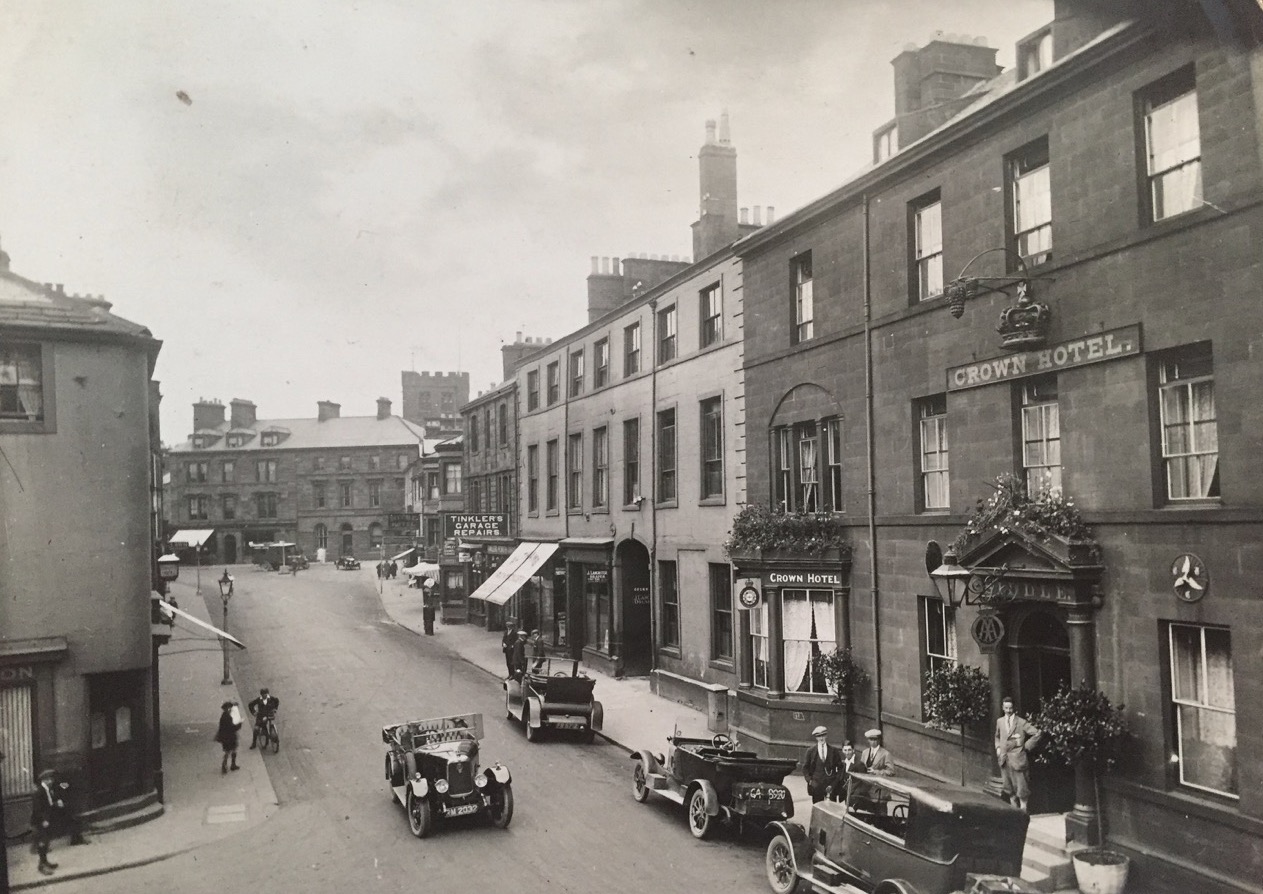The Indicator of Style
Laidlaw auction highlights
Laidlaw Auctioneers and Valuers have an established reputation for turning up the extraordinary, and their Fine & Esoteric auction on Saturday 14th April was no exception. Included in the sale was a mysterious metal and glass wall light - with impressive provenance. Taken from Sir Winston Churchill’s Top Secret underground cabinet war room codenamed the “Paddock”. The bunker was located at Dollis Hill, and concealed beneath a corner of the Post Office Research Station in true espionage fashion. The light in question is a ‘bomb direction indicator’, and it would illuminate in order to illustrate the direction of the attacks happening above ground. Soberly, the ‘IL’ indicating a direct hit to ‘inner London’. The light was salvaged during the 1980s when the abandoned bunker, having suffered years of neglect and water ingress, was finally dismantled. The indicator sold at auction for £1,200.
Another military lot which captured the hearts of auction bidders both online and in the room was an extensive campaign and service medal group ranging from pre-War to Korea, awarded to Pte / Cpl J Sloan of the Argyll and Sutherland Highlanders. The medals had been discovered hidden in an old biscuit tin and were mere moments away from being disregarded as landfill. The £300-£500 auction estimate was quickly surpassed in the week leading up to the sale, as Laidlaw’s online catalogue enables live-bidding to take place before the auction has begun. Online bidders battled against each other to raise the lot to £1,300 by Friday, but it was two telephone bidders on the day which took the final price to £2,600. “The online bidders are notified each time they are outbid” says auctioneer Paul Laidlaw “it has the great effect of pushing the bidders that bit further, no-one wants to loose out - and so the cycle repeats.” Other military lots which achieved high prices on Saturday included a converted Imperial Russian 1854 rifle which sold for £1,800, and a Victorian 74th Highlanders silver plaid brooch which sold for £880.
Prices in other sale categories also proved buoyant, with online bidders from all corners of the globe taking part. The catalogue alone was viewed an astonishing 61,000 times in the lead up to the sale. Much pre-sale interest surrounded a pair of Chinese export famille verte porcelain chargers, which sold for £1,050, and intense online bidding surrounded an extensive Victorian Ashworth dinner service, which sold for £1,600. The vintage costume on display drew many admirers, with galleries in both New York and London bidding on a collection of Zoroastrian Indian costume, totalling over £3,500. Victorian dresses were as popular as ever, with an emerald green tablier dress selling for £200, and a ‘cage’ crinoline, (which would have originally been worn underneath a dress in order to give them their iconic shape), also selling for the same sum. “We have developed an eager audience for vintage costume” says auctioneer Georgina Norman “I often get asked when we will have more dresses in the saleroom. They are so evocative, you get a real sense of time travel when you can see the physical form of someone from the past.”
Living up to the ‘esoteric’ auction title, many of the most popular lots in the sale proved to be quirky remnants from the past, or objects with a local interest. An early 20th Century Harrods electroplate sandwich box sold for £240 to a fashion-conscious packed-luncher, an early 20th Century Scottish Land Court despatch box for transporting sensitive documents sold for £580, and a Robert “Mouseman” Thompson stool sold for £680 following frenetic bidding. “We take great pride in sourcing from private clients nationwide, curating our sales and providing a ‘great day out’ for our buyers” says Paul. “One lot we sold was a small empty carton which originally contained a Second World War Spitfire Fund pendant. We recognised that this box was probably rarer than the item itself, and sure enough it sold for £40 on its own. It could have easily been discarded in the hands of someone else. It is this level of detail, expertise and care that we believe sets us apart from all the rest, and helps us to deliver strong results to our sellers.”
Laidlaw Auctioneers & Valuers hold monthly Collectors' and Interiors auctions, and quarterly Fine and Esoteric auctions.





